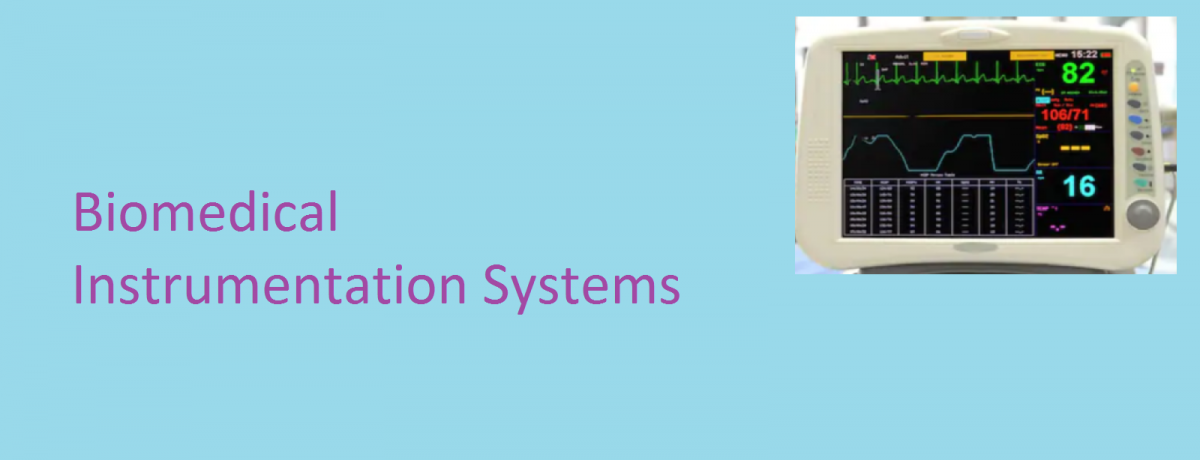Contents
Introduction
The blood pressure is considered a good indicator of the status of the cardiovascular system. The blood pressure can be measured by:
- Indirect methods
- Direct methods
Indirect methods of Blood Pressure Measurement
Examples of indirect methods of blood pressure measurement include:
- Sphygmomanometer (sphygmo = pulse)
- Automated Indirect method
Sphygmomanometer

In this method the occlusive cuff is inflated until the pressure exerted by the cuff on the forearm artery is above, the systolic pressure so that blood flow in the forearm is stopped. The pressure of the cuff is now slowly lowered when the systolic pressure in the blood vessel of the forearm becomes higher than the occlusive pressure; the blood in the forearm can spurt under the cuff and causes a palpable pulse in the wrist.
The audible sounds generated by the flow of blood and vibrations of the blood vessel under the cuff are heard through a stethoscope. The audible sounds are called korotkoff sounds. On further lowering of the occlusive pressure, the blood keeps on spurting through the forearm artery in spite of occlusive pressure with less intensity, thereby decreasing the intensity of the audible korotkoff sounds. At the one point, the occlusive pressure when lowered below diastolic pressure, then it leads to a smooth flow of the blood through the artery without any spurting. The korotkoff sounds stop at this point. The reading of the manometer at point when korotkoff sounds start is measure of systolic pressure and at a point where korotkoff sounds stop on lowering the occlusive pressure is a measure of diastolic pressure.

Drawbacks of using Sphygmomanometer
The drawbacks of this blood pressure measurement method are:
- It doesn’t provide continuous reading or recording of pressure variation.
- It fails when the blood pressure of a patient is very low
Automated Indirect methods
Most of the devices designed for this method are utilizing:
- Pressure transducer connected to a sphygmomanometer cuff
- A microphone placed beneath the cuff
- A recording system to record cuff pressure and the korotkoff sounds
The principles of working of these automatic devices are same as that of manual method of sphygmomanometer. The pressure cuff is automatically inflated to about 220 mm Hg and is allowed to deflate slowly. The microphone picks up the korotkoff sounds from the artery. These sounds can be converted into voltage recording, thereby representing the falling cuff pressure. The pressure reading at the time of the first sound represents the systolic pressure. The pressure reading at the time of the last sound represents the diastolic pressure.
Direct methods of Blood Pressure Measurement
Examples of direct methods of blood pressure measurements are:
- Percutaneous insertion
- Catheterization
- Implantation of transducer
Percutaneous method
It is a direct method; the blood pressure is sensed in the blood vessel just under the skin with the insertion of a hollow needle attached to an airtight tube. A transducer is attached to the tube so that the blood pressure can be converted into the suitable outputs.
You can also read:
Catheterization method
A catheter is a long tube that can be introduced into a major blood vessel or heart. A sterile catheter is designed for easy travel through the blood vessels. The measurement of blood pressure with catheter can be achieved in two ways:
- Introduce a sterile solution into the catheter so that fluid pressure due to the blood pressure is conveyed to a transducer located outside the body.
- Introduce the transducer into the catheter and then have it pushed to a point at which the blood pressure can be measured by the transducer. It is possible to mount the transducer at the top of the catheter. The transducers can either be a strain gauge or linear variable differential transformer.
Implantation methods
In these methods, a transducer is more permanently placed in the blood vessel or the heart by some surgical method. These methods are normally employed only in research experiments which require a transducer to be kept in the appropriate blood vessel for long. Capacitive, Inductive and resistive type of transducers can be used to sense the pressure variations.
Don’t miss out Important Updates, Join Our Newsletter List


One thought on “Blood Pressure Measurement”